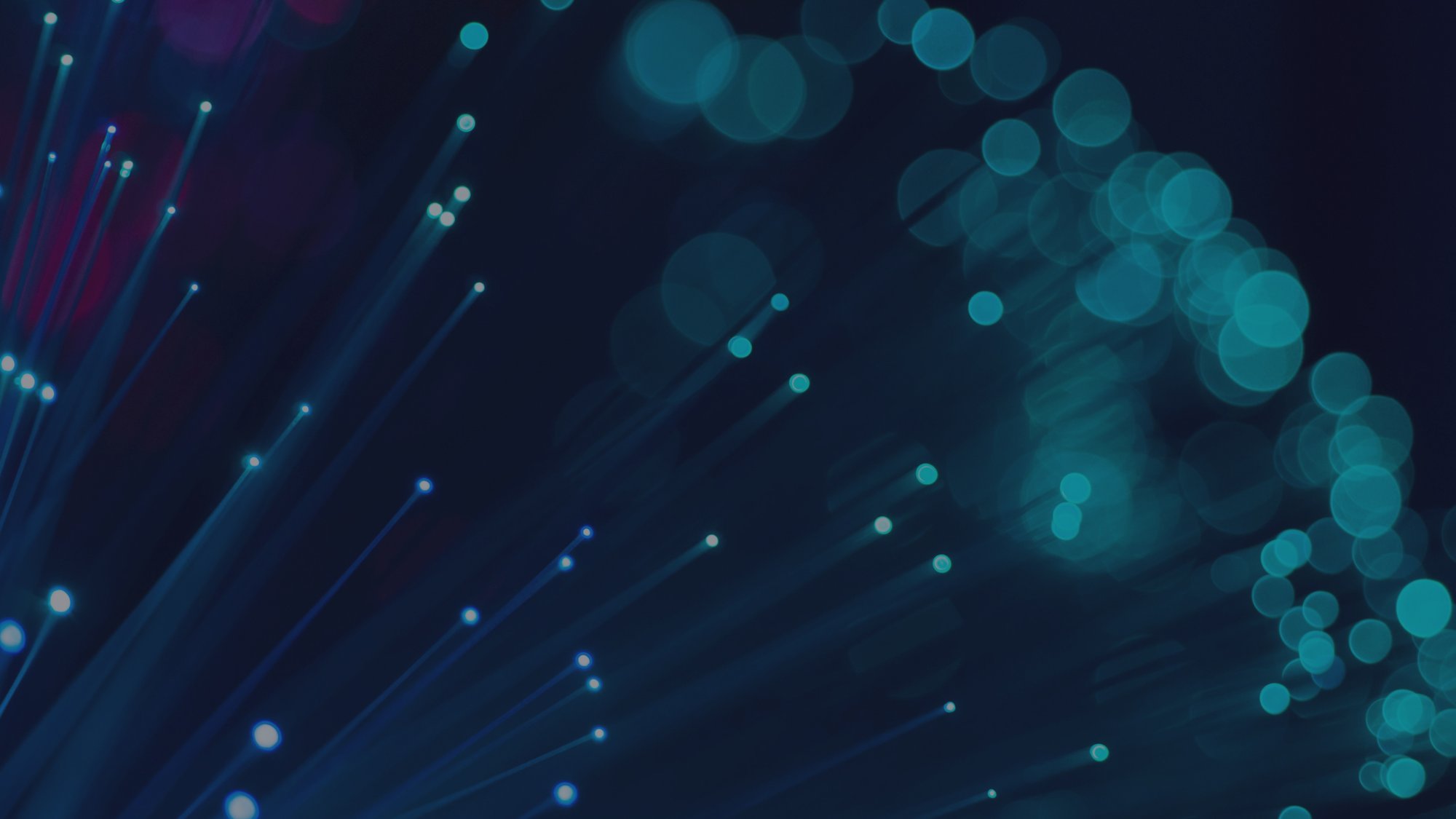The field of media monitoring is extremely multi-dimensional and inspiring, taking into account all the interesting media and linguistic skills - not to mention visuals. Media monitoring can also be harnessed as an ideal resource for communication planning!
The media news landscape can be compared to a multi-coloured starry sky. Like media hits, there are many different kinds of stars; of greater and lesser visibility and importance. All stars shine in slightly different ways - each with their own personal style. At best, media monitoring will help you pick up the stars you want - the most relevant news stories. Harness media monitoring on the topics and themes that are relevant to you, and only your imagination will set the limits on how many ideas you can gather for your communications. Here are some tips to get you started.
1. Take inventory of the current situation
Start by recalling what your organisation's strategy, values and goals are. Find out what your organisation's communication situation is at the moment. What are you communicating and through which channels? What kind of communication do you want to achieve? Have you defined your core messages? List your main communication objectives and consider how you can achieve them. Have you set channel-specific objectives? A more in-depth situation analysis will provide a good basis for comprehensive communication planning. This will make it easier to get a clearer picture of the situation, while at the same time allowing you to brainstorm and plan for the communication itself.
2. Make the most of your media monitoring archive data
When planning your communication, you can make use of the historical data from media monitoring. This information can be used to examine your own communication successes or potential failures, for example, and to analyse the situation in more detail. If your own media communications have been neglected so far, you can look at the communications of people who you think are good role models or messengers. Historical data can provide clues about different writing styles, general trends in communication or current issues, which can be used to learn from and inspire new ideas for your own activities.
3. Use your organisation's internal resources to plan media monitoring
When tuning media monitoring as a support and ideal source for communications planning, it is worthwhile for departments other than communications to put their own thinking caps on. At its best, media monitoring can be an ideal source for the benefit of the whole organisation. Different departments and experts often have different information needs, and the starting points for using information are also different. It is therefore not necessarily wise to draw up an identical star map for all departments and experts in the organisation. First, think together within the organisation about the information needs and communication objectives, and then draw up guidelines on what information is wanted and from which sources.
4. Take advantage of the know-how of media monitoring professionals
Media monitoring can be harnessed to search for the topics that are relevant to your organisation. To help you brainstorm, you should use the expertise of media monitoring professionals who design searches for different industries. The service provider's account managers often have the best expertise on how to search for information or how to narrow the search to avoid unnecessary information overload. Overwhelming masses of hits are generally not conducive to brainstorming and creativity. Account managers know how to sharpen the tips of media searches to ensure the best results.
5. Use media monitoring analysis tools
Media monitoring produces data that should be analysed to generate new ideas. Use the analysis tools to deepen your understanding of your organisation's media visibility or the situation in your industry. The data analysed will help you to think about tailored messages for different communication channels, for example, or what kind of topics are being covered in the media in general. Different media channels will be examined using different indicators and analysed on a channel-by-channel basis. The same laws do not necessarily apply to social media as to editorial media. But research will tell you.
6. Media analyses to measure the effectiveness of communications
If you don't have the time to analyse the data in depth, media analysis services can help you do this. Media analysts specialise in designing and carrying out a range of public relations analyses for different industries. It is definitely worth using their expertise, at least if your own tools and ideas start to stagnate. They can help to thaw and lubricate them for a new blow. You can go a step deeper into the material and, through this, measure the effectiveness of your own communication more accurately. The ideas for analyses come in many forms and the metrics depend on them.








